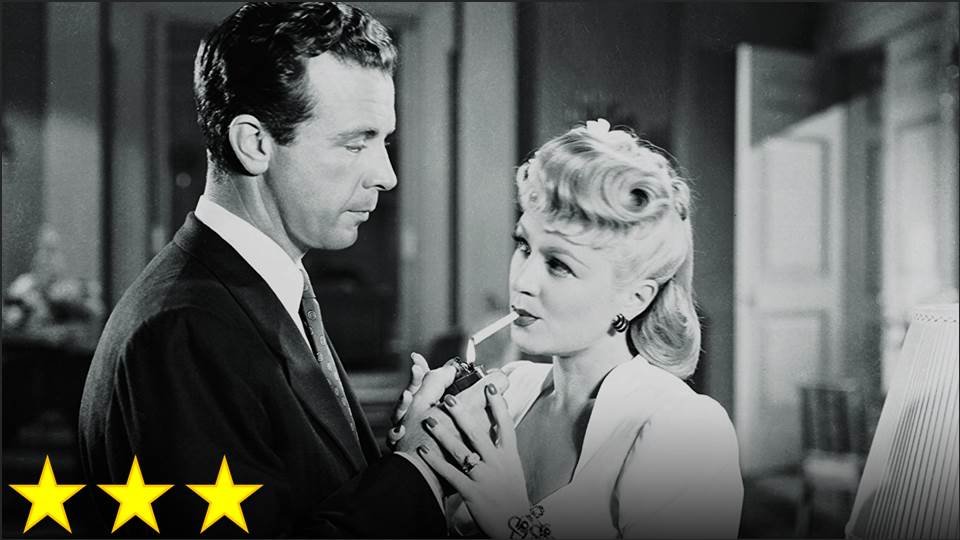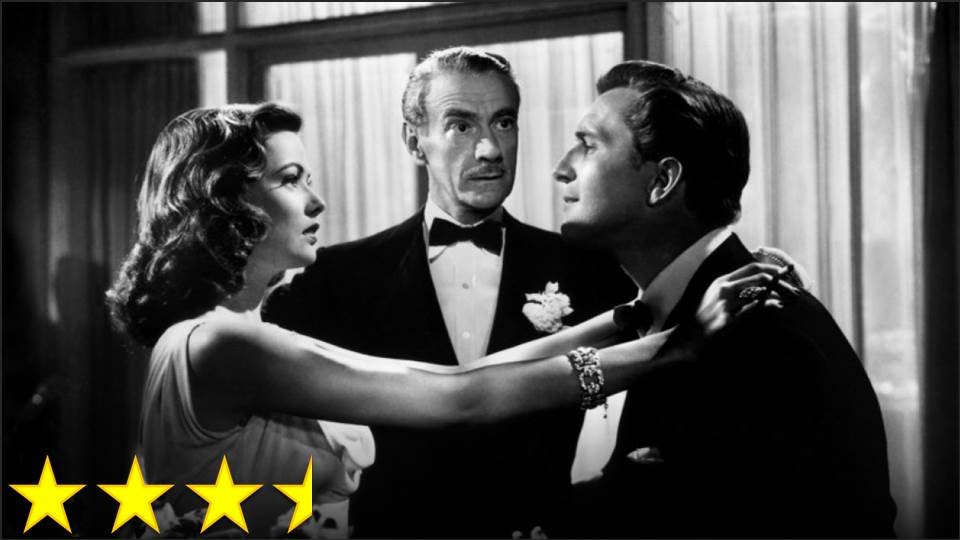There’s a lot to like about this movie – the characters, the dialogue, the visuals, and many of the scenes. A lot of the story, from what I can tell, is good too … but I can’t tell. And therein lies the problem.
Film noirs (or “films noir” for more proper writers than I) are known for their convoluted plots that some film scholars have noted can be almost unintelligible. I view this as such a film. This is a detective story, so more information is being revealed throughout the story, and while the protagonist is able to put it all together, the audience is left in the dust. What’s frustrating is that the ending, in which everything explained, doesn’t help much.
Even though I was paying attention to the part of the movie that lays out what happened in this movie, I still don’t know what happened in this movie. I think I know who killed whom, but I can’t figure out why the murder was committed, how the murder was committed, or how any of the several other characters factor into this. I couldn’t explain this film’s story to anyone if my life depended on it – not even the gist of it. This is strange and frustrating since I am often able to predict where mystery movies are going well in advance (or at least where Sherlock episodes are going) so this shouldn’t be a problem for me.
Fortunately, it’s really not that big a problem for the movie either. The film is quite fun and engaging without the details of the murder mystery. It’s entertaining just by being the kind of film that it is, and I can appreciate that. Its ending is one of the best in the history of film. But in my book, that’s just not quite enough to make it one of the greats.





